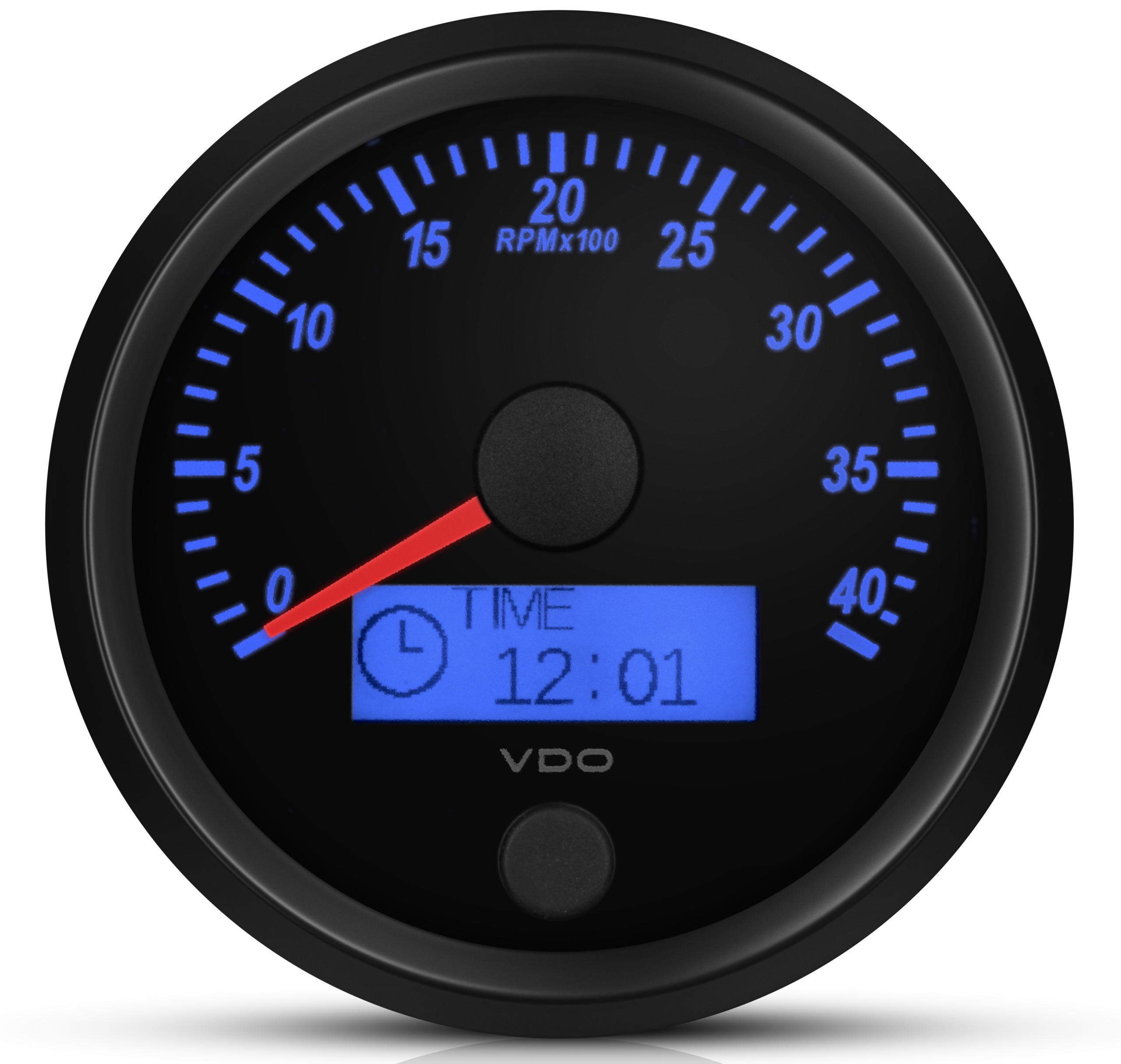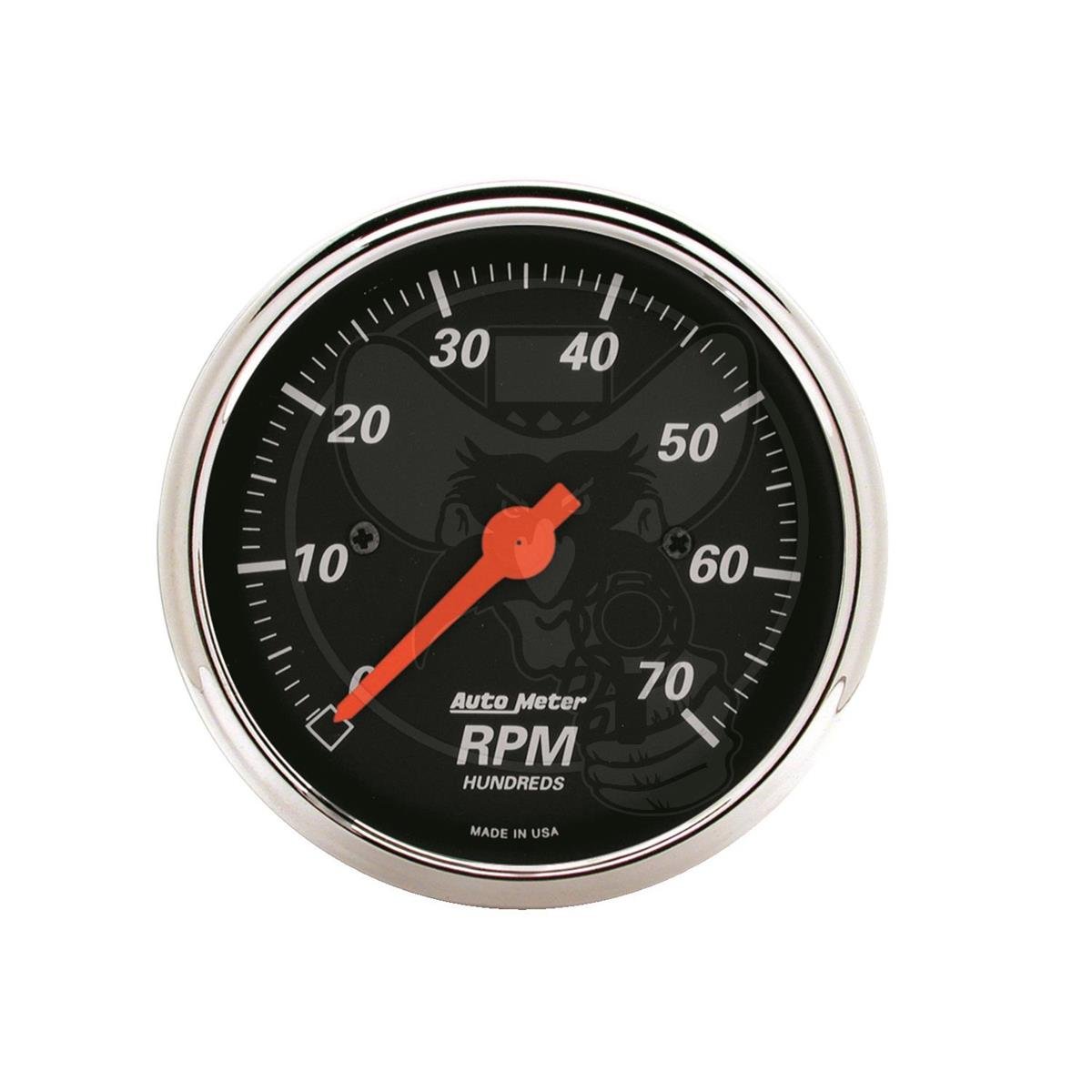The Significance of a Tachometer in Monitoring Engine Rate and Performance in Automotive Applications
In the realm of vehicle design, the tachometer stands as a pivotal instrument in the motorist's collection, giving a direct window into the inner functions of a lorry's engine. Beyond its function as a simple scale of revolutions per minute (RPM), the tachometer serves as a vital device for fanatics and professionals alike, providing real-time insights right into engine efficiency and wellness.
Importance of Checking Engine RPM
Keeping track of engine RPM, or transformations per minute, is an important facet of auto upkeep and efficiency assessment. Engine RPM directly associates with the rate at which the engine's crankshaft revolves, showing just how swiftly the engine is running - tachometer. By keeping an eye on RPM, auto mechanics can analyze the wellness of the engine, identify prospective problems, and fine-tune efficiency. An uncommon RPM analysis might indicate issues such as engine misfires, defective ignition system, or issues with the gas distribution system. Continually high RPM analyses might suggest hostile driving practices or the need for a higher equipment shift to enhance gas performance.
Furthermore, keeping an eye on engine RPM is essential for performance examination in auto racing and high-performance vehicles. In summary, keeping an eye on engine RPM is not just important for finding concerns but likewise for maximizing engine efficiency in various vehicle applications.

Advantages of Real-Time Information
In automotive applications, real-time data plays an important duty in giving instant insights into the efficiency and problem of the vehicle. By continuously monitoring various parameters such as engine speed, temperature, gas intake, and extra, real-time information supplies countless advantages that add to improved effectiveness and security when driving.
Furthermore, real-time data helps with performance optimization by providing immediate comments on driving habits and engine effectiveness. Vehicle drivers can adjust their habits in real-time based on this info to achieve far better gas economy and prolong the life-span of their automobile.

Moreover, real-time data plays a vital role in modern automobile diagnostics, making it possible for specialists to promptly diagnose and attend to malfunctions. This results in lowered downtime, lower maintenance prices, and ultimately, enhanced general vehicle reliability and durability (tachometer). By harnessing the power of real-time data, auto stakeholders can make informed decisions that positively affect both the efficiency and longevity of the vehicle
Effect On Equipment Shifts
Reliable gear shifts in automobile applications dramatically affect overall performance and driving experience. The tachometer plays an important function in maximizing equipment changes by giving real-time engine rate information to the driver. When approaching the redline on the tachometer, it signals the chauffeur to upshift to avoid over-revving the engine and triggering prospective damages. On the various other hand, downshifting at the ideal minute can assist preserve the engine in its power band, making sure receptive velocity when required.
Moreover, the tachometer aids in attaining smoother equipment shifts, especially in hands-on transmissions. By keeping an eye on engine speed, chauffeurs can execute equipment changes at the ideal RPM range, reducing snagging movements and reducing endure the transmission elements. This precision in equipment adjustments not only enhances driving convenience however also adds to sustain efficiency.
Enhancing Gas Effectiveness
Given the critical duty the tachometer plays in enhancing gear changes for performance and engine wellness, it directly contributes to taking full advantage of fuel effectiveness in automotive applications. By supplying real-time feedback on engine rate, the tachometer aids drivers in maintaining one of the most reliable RPM range for gas economic climate. When vehicle drivers constantly monitor the tachometer and change their driving routines accordingly, they can prevent unneeded fuel intake triggered by over-revving or hauling the engine.
Furthermore, the tachometer aids drivers determine one of the most fuel-efficient gear to be in at any type of provided moment, protecting against the engine from working more challenging than necessary. This is especially critical during acceleration and travelling, where remaining in the best equipment can significantly affect gas efficiency. Furthermore, the tachometer can alert chauffeurs to prospective mechanical concerns that could be negatively impacting gas economic situation, such as a slipping clutch or a blocked air filter. Finally, the tachometer acts as a beneficial tool in enhancing fuel effectiveness by advertising optimum driving behaviors and identifying areas for improvement in the car's performance.

Making The Most Of Engine Longevity
The tachometer's role in monitoring engine rate and efficiency is critical in guaranteeing the longevity of automotive engines. By making use of the tachometer properly, motorists can enhance engine durability through conscious RPM monitoring. Regularly revving an engine too high can lead to too much deterioration on vital components, such as the pistons, shutoffs, and bearings. Gradually, this can result in lowered engine efficiency and potential breakdowns. Keeping an eye on the tachometer allows vehicle drivers to remain within the suggested a fantastic read RPM range for their automobile, avoiding unneeded stress on the engine and expanding its life expectancy.

Final Thought
In conclusion, the tachometer plays a critical function in keeping track of a knockout post engine rate and performance in auto applications. By offering real-time information on RPM, it permits reliable gear changes, improved gas efficiency, and made best use of engine durability. This device is vital Visit Website for keeping optimal engine efficiency and ensuring the general capability of a car.